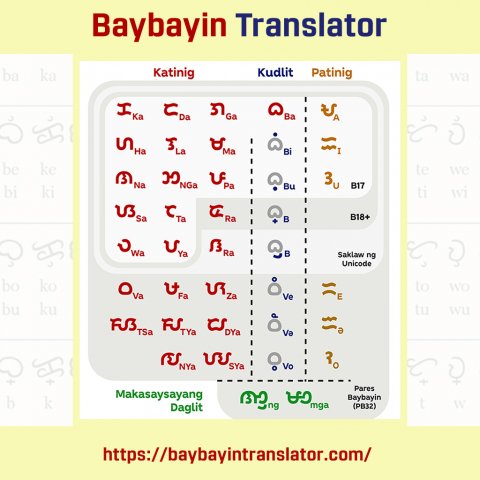

Description
Translating Tagalog words into Baybayin is a straightforward process since Baybayin was originally used to write Tagalog and other Filipino languages. Here's a guide to help you translate Tagalog words into Baybayin:
Step 1: Break Down the Word into Syllables
Step 2: Identify the Baybayin Characters
Step 3: Add Kudlit if Necessary
Step 4: Handle Final Consonants
Mahal (love):
Kaibigan (friend):
Pamilya (family):
Katotohanan (truth):
This guide provides the essential steps to translate Tagalog words into Baybayin. Would you like to try translating a specific Tagalog word or phrase?
Reviews
To write a review, you must login first.
Similar Items